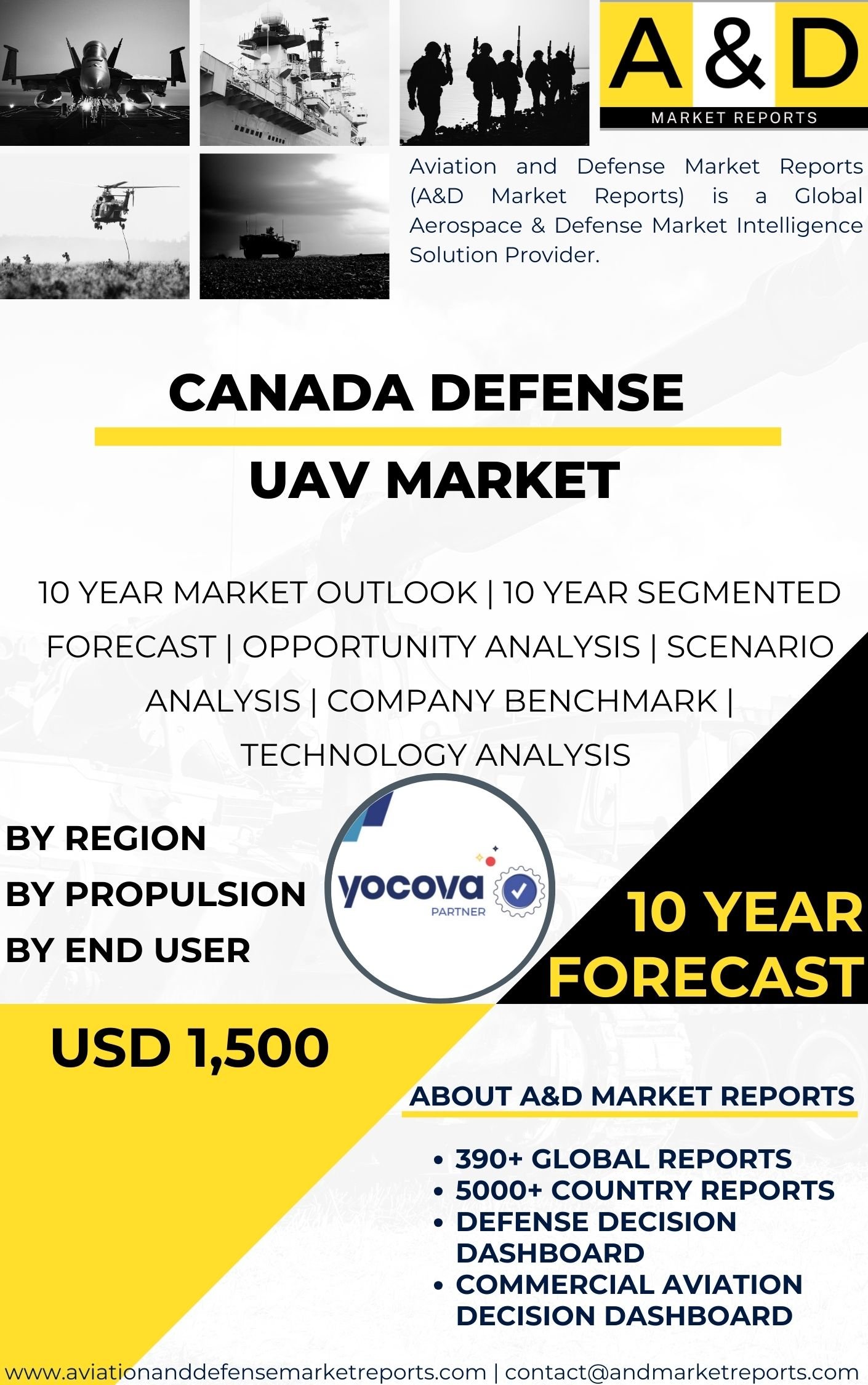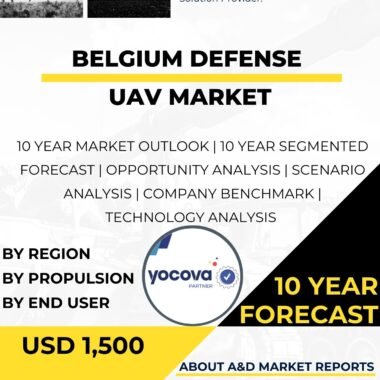Description
Unmanned Aerial Vehicles (UAVs), commonly known as drones, have become a significant component of Canada’s defense industry, providing valuable capabilities for reconnaissance, surveillance, intelligence gathering, and mission support. As technology continues to advance rapidly, UAVs play an increasingly important role in the Canadian Armed Forces (CAF) by enhancing situational awareness, extending operational reach, and reducing the risk to human personnel in various defense operations.
One of the primary applications of UAVs in Canada’s defense sector is in intelligence, surveillance, and reconnaissance (ISR) operations. Equipped with advanced sensors, cameras, and other intelligence-gathering equipment, UAVs provide real-time data and imagery, enhancing the CAF’s situational awareness and decision-making during military operations.
UAVs offer significant advantages in reconnaissance missions, where they can cover large areas and access hard-to-reach locations. Their ability to fly at varying altitudes and speeds allows for versatile and flexible reconnaissance capabilities, making them valuable assets in monitoring and assessing potential threats.
Surveillance is another critical aspect of UAV operations in Canada’s defense industry. UAVs equipped with high-resolution cameras and infrared imaging can track and monitor ground activities, maritime traffic, and border regions, providing valuable data for security and border control operations.
UAVs are also employed in the monitoring of natural disasters and humanitarian crises. In emergency response scenarios, UAVs can quickly survey affected areas, assess damages, and identify critical points of interest, enabling faster and more effective disaster relief efforts.
Moreover, UAVs have applications in target acquisition and tracking during military operations. Equipped with precision-guided munitions, some UAVs can engage and neutralize enemy targets with high accuracy, minimizing collateral damage and reducing the risk to friendly forces.
The Canadian defense industry invests in research and development to continually enhance UAV technologies, including improvements in endurance, payload capacity, and communication systems. Collaboration with domestic companies, academia, and international partners fosters knowledge sharing and technology transfer, keeping Canada at the forefront of UAV innovation.
As technology evolves, the use of artificial intelligence (AI) and autonomous capabilities in UAVs is an emerging trend. AI-powered UAVs can adapt to changing environments, analyze data in real-time, and make decisions without human intervention, making them more effective in dynamic and complex situations.
Safety and reliability are paramount in UAV operations. UAVs undergo rigorous testing and validation to ensure that they meet stringent military standards and can operate safely in various environments and weather conditions.
To ensure the security of UAV operations, robust cybersecurity measures are employed to protect communication channels and data transmission. UAVs are also designed with features to prevent unauthorized access and potential hacking attempts.
Ethical considerations are also addressed in the use of UAVs in defense operations. Ensuring compliance with international humanitarian laws and ethical guidelines is essential to prevent misuse and minimize collateral damage in conflict situations.
Additionally, training and certification programs are provided to UAV operators to ensure they have the necessary skills and knowledge to operate UAVs safely and effectively. Training includes topics such as flight operations, maintenance, emergency procedures, and adherence to airspace regulations.
In addition to military applications, UAVs are used in environmental monitoring and scientific research. They assist in wildlife tracking, environmental surveys, and climate research, providing valuable data for environmental conservation and research purposes.
The integration of UAVs with other military assets, such as manned aircraft and ground vehicles, is an area of ongoing development. Collaborative operations between UAVs and manned platforms enable enhanced intelligence gathering, coordination, and response capabilities during military missions.
In conclusion, UAVs are integral to Canada’s defense industry, providing valuable capabilities for intelligence, surveillance, reconnaissance, and mission support. These unmanned aerial vehicles enhance the CAF’s situational awareness, extend operational reach, and reduce the risk to human personnel in various defense operations. Continued investment in research and development ensures that Canada remains at the forefront of UAV innovation, enabling the country’s defense forces to adapt to the challenges and opportunities of modern warfare. UAVs are versatile tools that contribute significantly to Canada’s national security and defense preparedness.




